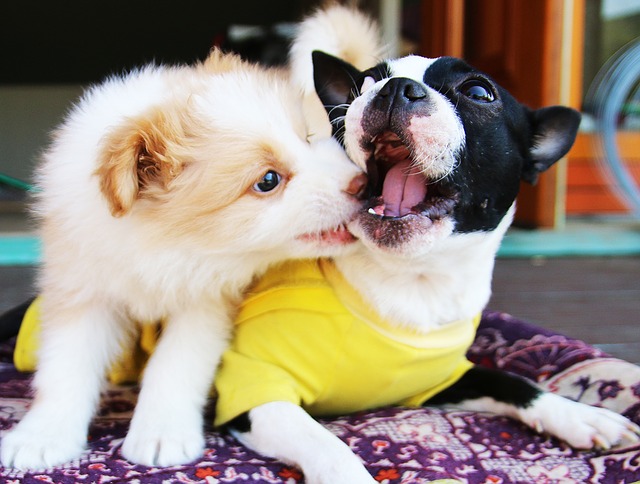5. Allow surviving dogs to establish their own revised social structure.
When a death occurs in a multi-pet household, the group dynamic is disturbed and things can get a bit chaotic until the remaining dogs reassemble their roles. A bit of barking and growling may occur, but as long as none of them pose a threat to each other or the family, it’s best to allow them to sort it out on their own. If fighting and aggression occur, consult a veterinarian or animal behaviorist.

6. Think twice before quickly adding a new pet to the family.
Most experts recommend waiting at least 3 months for your dog to grieve and adjust to the “new normal” of your home before bringing in a new dog. Remember, the surviving dog(s) are trying to restructure their roles without the lost pet and adding a new animal into the mix too quickly could cause more harm than good.

7. Consider having your pet present at his companion’s death.
Animals understand death and do not tend to rail against it the way that humans do. Some veterinarians encourage pet owners to have their surviving dogs present during euthanasia or to allow them to inspect the body after death. This provides the closure of knowing that their friend has passed on, not simply vanished.

8. Give it time.
We don’t know just how long our pets remember and grieve for a lost friend, but there is no set time frame for a dog in mourning to return to their normal self. Some dogs may show no outward signs at all, but grieve in silence for months. If you feel your dog is suffering emotional or physical symptoms beyond what is normal for the loss of a housemate, discuss the situation with your veterinarian.
H/T to HealthyPetsMercola.com
Featured Image via Flickr/tess/
 Toledo, United States.
Toledo, United States.